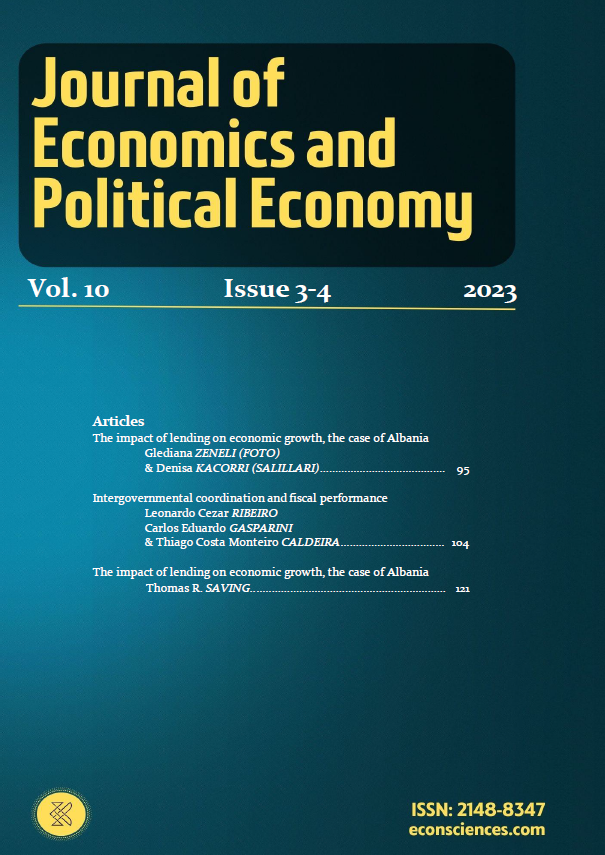Abstract
Abstract. The major tool of Federal Reserve monetary policy in non-crises has historically been open-market operations in securities markets. To stimulate the economy, the Federal Reserve injects monetary wealth into the economy by buying securities with what could be termed “freshly printed” money. To cool an overheated economy, the Federal Reserve withdraws monetary wealth from the economy by selling securities and, in effect, destroys its newly acquired money. At almost the onset of the effects of the pandemic, the Federal Reserve engaged in a massive asset expansion that was truly unprecedented. In just the first three months of the pandemic, March, April and May of 2020, the Federal Reserve bought $2.13 trillion in securities. But they didn’t stop there so that by April of 2022 the money injection reached $4.76 trillion, almost 20% of 2022 GDP! What is more astounding is that unlike the Great Recession interventions, there were no undergoing financial crises that triggered this massive expansion. The massive expansion was not only unprecedented and harmful as it has resulted in the end of the Federal Reserve’s annual transfers to the U. S. Treasury that in 2022 equaled 30.5 % of the net interest cost of the federal debt. The Covid-19 Federal Reserve actions will go down in monetary history as the worst Federal Reserve policy in the more than 100-year history of the Federal Reserve.
Keywords. Covid pandemi; Federeal reserve; Economic growth.
JEL. E43; E51; G38.
References
Saving, T.R. (2019). A Century of Federal Reserve Monetary Policy: Issues and Implications for the Future, World Scientific Press
Saving, T.R. (2020). The failed Federal Reserve attempt to get back to the past, PERC Policy Study.
Saving, T.R. (2016). Rethinking federal debt: What do we really owe?, Private Enterprise Research Center Study, No.1607.

This work is licensed under a Creative Commons Attribution-NonCommercial 4.0 International License.
